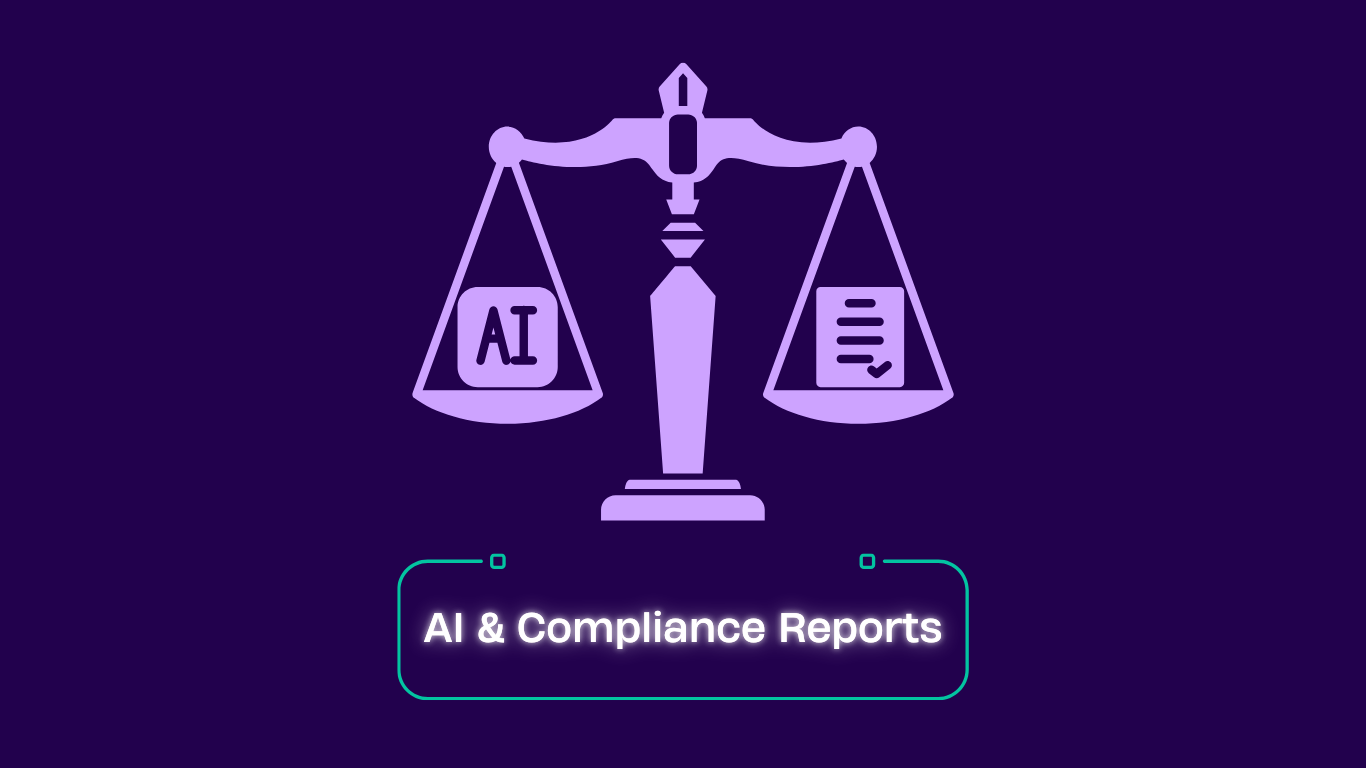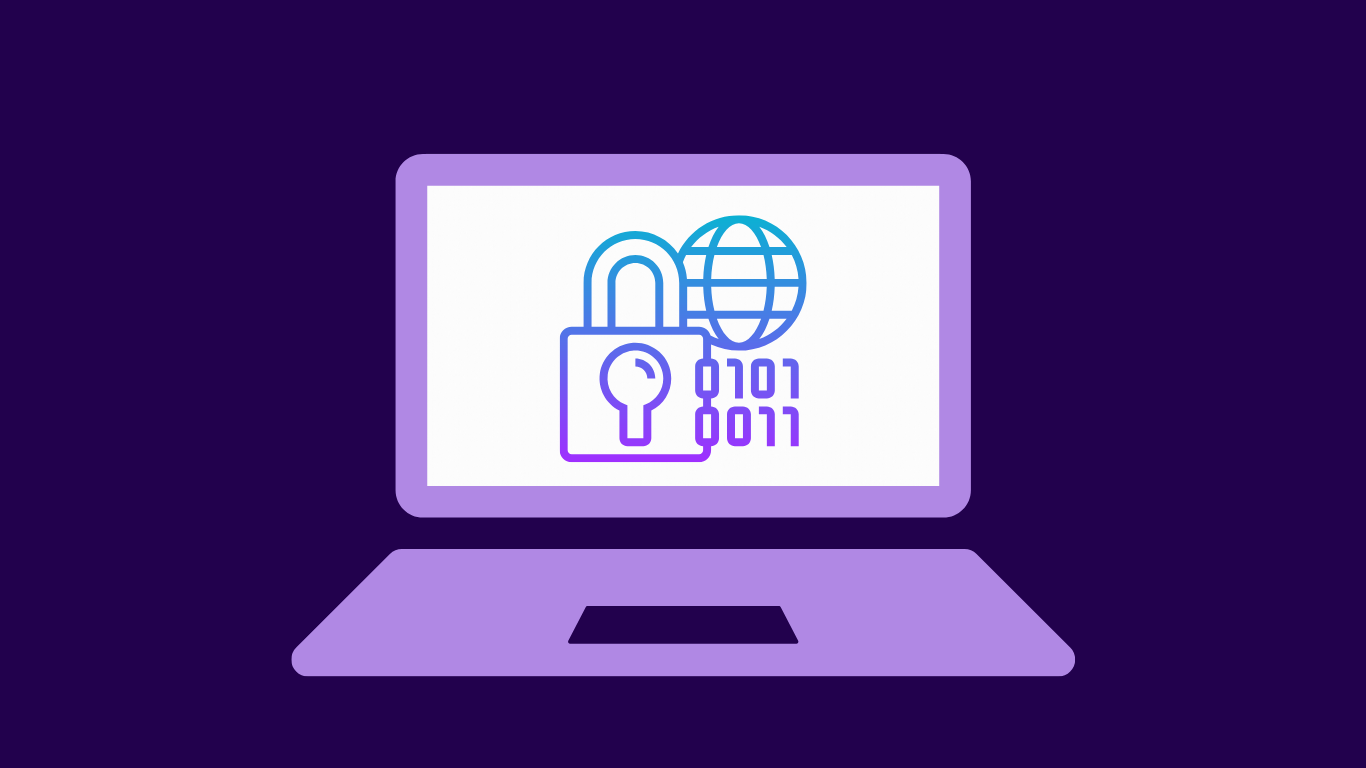In today’s fast paced and highly regulated business landscape, organizations are constantly tasked with meeting compliance requirements across various industries. Ensuring adherence to regulations such as GDPR, HIPAA, SOC 2, PCI DSS, and ISO 27001 can be a time consuming and error prone process. However, the emergence of AI-powered compliance tools has revolutionized how businesses handle compliance reporting.
Sahl, a leader in AI-driven compliance automation, is at the forefront of this innovation. By leveraging the power of artificial intelligence, Sahl enables businesses to streamline their compliance processes, saving time and reducing the risk of costly errors. In this article, we will explore the benefits of automating compliance reports with AI and highlight the best tools and strategies for businesses of all sizes.
The Power of AI in Compliance Automation
AI compliance reporting tools allow organizations to automate routine compliance tasks, making it easier to stay on top of regulatory requirements. Sahl, for instance, is a cutting edge platform that combines AI compliance reporting and AI audit software to simplify the compliance process across industries.
With compliance automation, businesses can address the most pressing challenges in regulatory adherence, such as ensuring that data is accurately collected, reports are generated on time, and any potential breaches or violations are flagged instantly. These automated solutions are designed to handle complex regulations, helping organizations avoid fines and reputational damage.
Why Compliance Automation is Crucial for Businesses of All Sizes
Sahl has demonstrated that compliance automation tools can benefit organizations of all sizes and industries, including healthcare, finance, technology, manufacturing, and retail. Compliance automation is not just for large enterprises, small and mid sized businesses can leverage AI to stay ahead of regulatory requirements with minimal effort.
For example, businesses in the healthcare sector can automate compliance with HIPAA regulations, while those in finance can ensure continuous adherence to SOC 2 and PCI DSS standards. Similarly, businesses in the technology sector can easily manage ISO 27001 compliance with automated tools. These tools allow businesses to stay compliant and significantly reduce the manual effort involved in compliance reporting.
AI-Powered Tools and Strategies for Streamlined Compliance Reporting
A growing range of AI-powered tools is available that support businesses in automating compliance reporting. These solutions typically offer features such as automated evidence collection, real time monitoring, risk assessments, and regulatory filing. Below are some of the best compliance automation tools to consider for your business:
1. Real-Time Monitoring and Compliance Automation
One of the primary benefits of AI in compliance automation is the ability to continuously monitor and manage compliance status in real time. This constant oversight allows businesses to quickly identify and address compliance issues before they escalate into costly violations.
AI tools such as Sahl’s AI-powered compliance system continuously track changes in regulations, ensuring that businesses are always up to date with the latest compliance requirements. This proactive approach helps companies avoid penalties associated with non compliance.
2. Simplifying Regulatory Filing with AI
AI tools also simplify the regulatory filing process, making submitting reports to regulatory bodies promptly easier. Automated compliance reporting tools, such as those offered by Sahl, allow businesses to generate reports automatically based on up to date regulatory guidelines. This feature ensures that reports are accurate and complete, reducing the risk of delays or mistakes.
By leveraging AI audit software, businesses can quickly compile the necessary data and easily submit their compliance reports, significantly reducing the administrative burden.
3. Enhanced Risk Management and Mitigation
Risk management is a critical component of compliance. AI-driven compliance tools help businesses assess potential risks and take action before violations occur. Sahl’s platform uses predictive analytics to identify areas where risks may arise, allowing compliance teams to take proactive measures to mitigate those risks.Whether detecting unusual financial transactions or monitoring patient data, AI ensures that businesses can monitor and address potential risks in real time, ensuring continuous compliance.
Best Strategies for Integrating AI Compliance Management with Sahl
Implementing the right strategies is essential to ensure that your business maximizes the potential of AI in compliance management. Here are some of the best strategies Sahl recommends for effectively integrating AI compliance tools into your organization:
1. Select the Right Tools Based on Your Business Needs
Before implementing AI compliance automation, it is crucial to select the right tools that align with your organization’s unique regulatory requirements. Sahl’s AI-powered platform offers customizable solutions for a range of industries, including healthcare, finance, technology, and retail. Whether you need AI for evidence collection, risk assessment, or regulatory filing, Sahl’s tools provide tailored support to streamline compliance reporting.
2. Train and Empower Your Team
While AI tools significantly reduce manual effort, human oversight remains essential. One key strategy for successful AI integration is training your compliance team to fully utilize Sahl’s AI tools. Ensure that your team understands how the tools work, how to manage alerts, and how to interpret the insights provided by the system. Using AI to handle routine compliance tasks, your team can focus on higher level decision making and interpreting regulations.
3. Continuous Monitoring and Updating of Compliance Strategies
Regulatory requirements constantly evolve, and staying on top is crucial for ongoing compliance. Sahl’s platform allows businesses to monitor compliance status in real time and stay updated with any changes in regulations. Updating your compliance strategies is essential to leveraging Sahl’s AI tools. Whether incorporating new regulations or adjusting your compliance processes based on real time data, Sahl ensures your business stays agile and ready for regulatory changes.
4. Automate Evidence Collection and Reporting
One of the most time consuming tasks in compliance management is gathering evidence and preparing reports. Sahl’s AI-powered compliance reporting tool automates these processes, reducing human effort and ensuring the timely submission of accurate reports. By automating evidence collection and regulatory filings, your organization can minimize errors and increase efficiency.
5. Proactive Risk Management with Predictive Analytics
One of the standout features of Sahl’s compliance tools is its use of predictive analytics for risk management. By incorporating AI, Sahl allows businesses to identify and address potential risks before they escalate into violations. Whether financial risk, data security concerns, or industry specific risks, Sahl’s AI platform helps businesses mitigate these issues proactively, reducing the chances of non compliance.
How Sahl is Leading the Way in Compliance Automation
Sahl is at the forefront of AI-driven compliance automation. By providing an all in one platform that integrates AI compliance reporting and AI audit software, Sahl helps organizations streamline their compliance processes and reduce non compliance risk. With continuous monitoring, real time insights, and automated filing, Sahl ensures businesses can easily adhere to industry standards and regulatory requirements.Using Sahl’s AI-powered tools, businesses across industries can automate their compliance tasks, reduce manual effort, and avoid costly fines. Whether you are a small startup or a large corporation, Sahl offers the tools and strategies needed to ensure seamless compliance management.
Conclusion
The future of compliance is undeniably AI-driven. By automating compliance reporting with AI tools like Sahl, businesses can ensure continuous adherence to regulatory standards while reducing the risk of errors and inefficiencies. Sahl stands out as a leader in AI-powered compliance automation, offering businesses of all sizes the ability to streamline compliance tasks and maintain a strong compliance posture.
If you are ready to take your compliance management to the next level, learn more about Sahl’s AI-driven solutions here.
For further insights on how AI transforms compliance, visit our detailed article on How AI is Transforming Compliance Automation.




